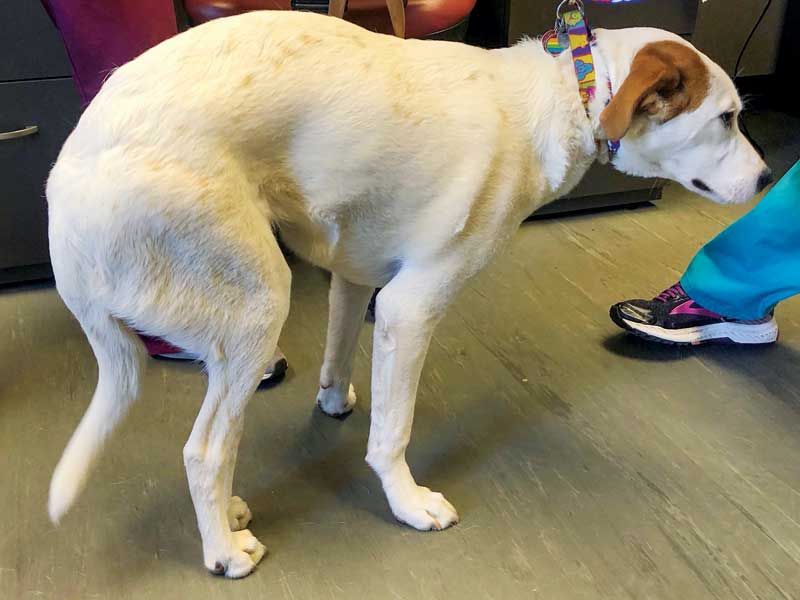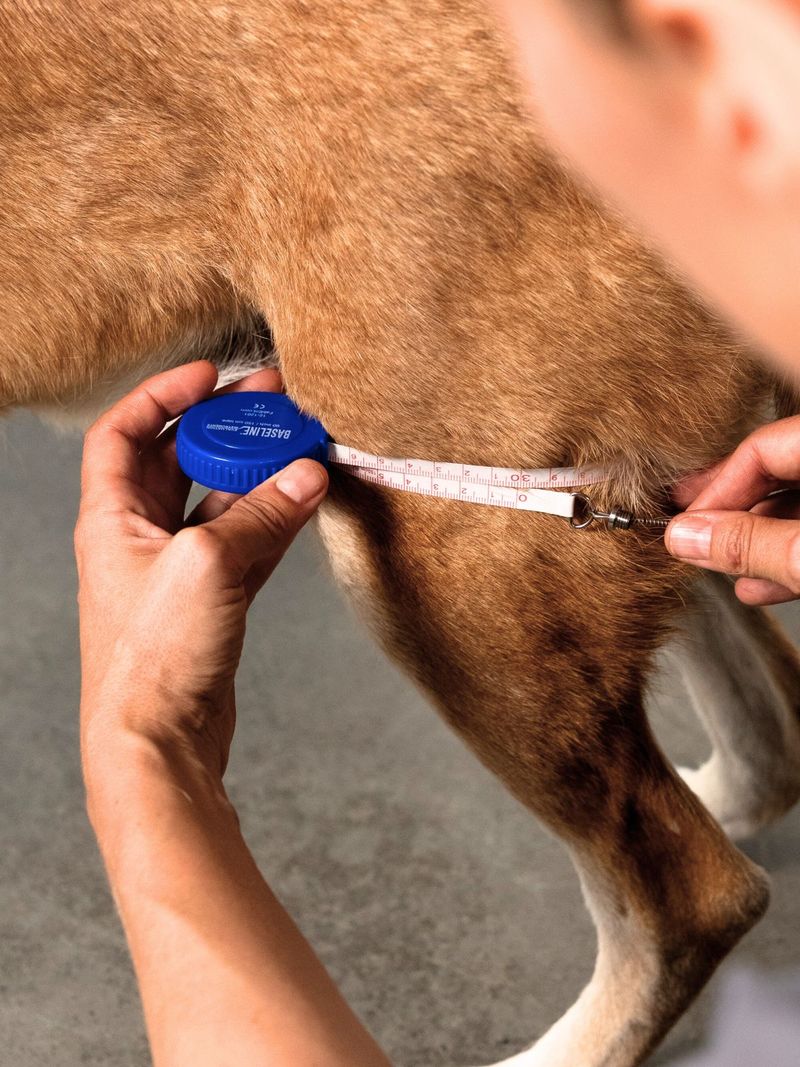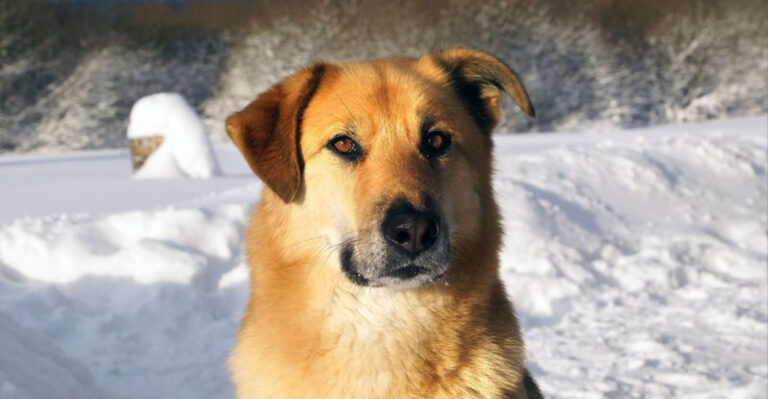12 Early Signs Of Arthritis In Dogs You Shouldn’t Ignore

Just like humans, our furry companions can develop arthritis as they age. This painful joint condition affects many dogs, especially larger breeds and seniors.
Spotting the early warning signs of arthritis can make a huge difference in your dog’s comfort and quality of life, allowing you to seek treatment before the condition worsens.
1. Reluctance To Move Or Play

Your once-energetic pup suddenly shows little interest in fetch or walks? This behavioral shift often signals joint pain from developing arthritis.
Dogs naturally avoid activities that hurt, so they’ll skip playtime to prevent discomfort. Watch for subtle changes like hesitation before jumping into the car or refusing previously enjoyed games.
2. Stiffness After Rest

Morning stiffness might be the most telltale arthritis sign in dogs. After sleeping, your pup may struggle to stand up or move normally for the first few minutes of the day.
This “gel phenomenon” happens because inactive joints become temporarily rigid. Once they move around a bit, many dogs loosen up, but that initial stiffness shouldn’t be dismissed.
3. Limping Or Favoring One Leg

Occasional limping that comes and goes might seem minor, but it’s actually a significant warning sign. Your dog may favor certain legs, especially after exercise or during cold weather.
The limping pattern might not be consistent – sometimes worse in mornings, sometimes after play. This intermittent nature often leads pet parents to delay veterinary visits, missing early treatment opportunities.
4. Difficulty Climbing Stairs Or Jumping

Remember when your dog bounded up stairs without hesitation? Arthritic dogs often hesitate before tackling stairs or decline altogether.
Watch for new behaviors like taking steps one at a time or avoiding the couch they once loved. Some dogs might still attempt jumping but land awkwardly or seem pained afterward, signaling joint discomfort that’s becoming problematic.
5. Changes In Walking Patterns

Subtle shifts in your dog’s gait might escape casual observation. Their once-bouncy step becomes measured and cautious, or they might develop an unusual sway.
You might notice your pup taking shorter strides or walking with an unusual rhythm. Sometimes they’ll distribute weight differently, carrying themselves in new ways to minimize pressure on painful joints.
6. Excessive Licking Or Biting Of Joints

Dogs can’t tell us where it hurts, so they communicate through behavior. Focused licking or chewing at specific joints often indicates they’re trying to soothe pain in that area.
This self-soothing behavior might create saliva stains on light-colored fur around the painful joint. You might also notice redness or irritation from persistent attention to the area, especially on elbows, wrists, or ankles.
7. Changes In Posture

Arthritis gradually reshapes how your dog carries themselves. You might notice a newly hunched back, lowered head, or unusual sitting position as they adapt to discomfort.
Some dogs develop a “bunny-hopping” gait with rear legs moving together rather than independently. Others might stand with legs positioned differently or sit asymmetrically to relieve pressure on painful joints.
8. Behavioral Changes: Irritability Or Aggression

Your normally sweet pup snaps when touched certain ways? Pain transforms behavior, making even gentle dogs irritable when they hurt. Watch for new sensitivity around specific areas like hips or shoulders.
Some dogs growl when approached while resting, fearful of being disturbed and causing pain. Others become generally grumpy as chronic discomfort wears them down emotionally.
9. Weight Gain

Arthritis creates a troubling cycle – pain reduces activity, inactivity leads to weight gain, and extra pounds worsen joint pain. Many owners miss this connection, attributing weight changes to aging alone.
Even small increases matter for dogs, as just a few pounds significantly impacts joint stress. Monitor your dog’s waistline carefully, as subtle changes can indicate decreased mobility from developing arthritis.
10. Decreased Range Of Motion

Flexibility gradually diminishes as arthritis progresses. Your dog might struggle to fully extend or bend certain joints that once moved freely.
This limitation appears during everyday activities – they might not scratch their ear completely or turn around in tight spaces as easily. Some dogs develop a stiff, robotic quality to movements that were once fluid, particularly noticeable when they’re getting up or lying down.
11. Sleeping More Than Usual

Excessive napping goes beyond normal doggy drowsiness. Arthritic dogs often increase sleep time substantially to avoid movement that triggers discomfort. They might stay in one spot for hours, reluctant to relocate even for meals or attention.
This withdrawal from family activities can be mistaken for normal aging, but dramatic changes in sleep patterns warrant veterinary evaluation, especially when combined with other symptoms.
12. Loss Of Muscle Mass

Gradually thinning muscles, especially around the hips and shoulders, signal chronic arthritis. As dogs use affected limbs less, muscle atrophy sets in surprisingly quickly.
You might notice less definition in once-muscular areas or asymmetry between sides if one leg is favored. This muscle loss further destabilizes joints, creating a harmful cycle where weakened muscles provide less support to already painful joints.






